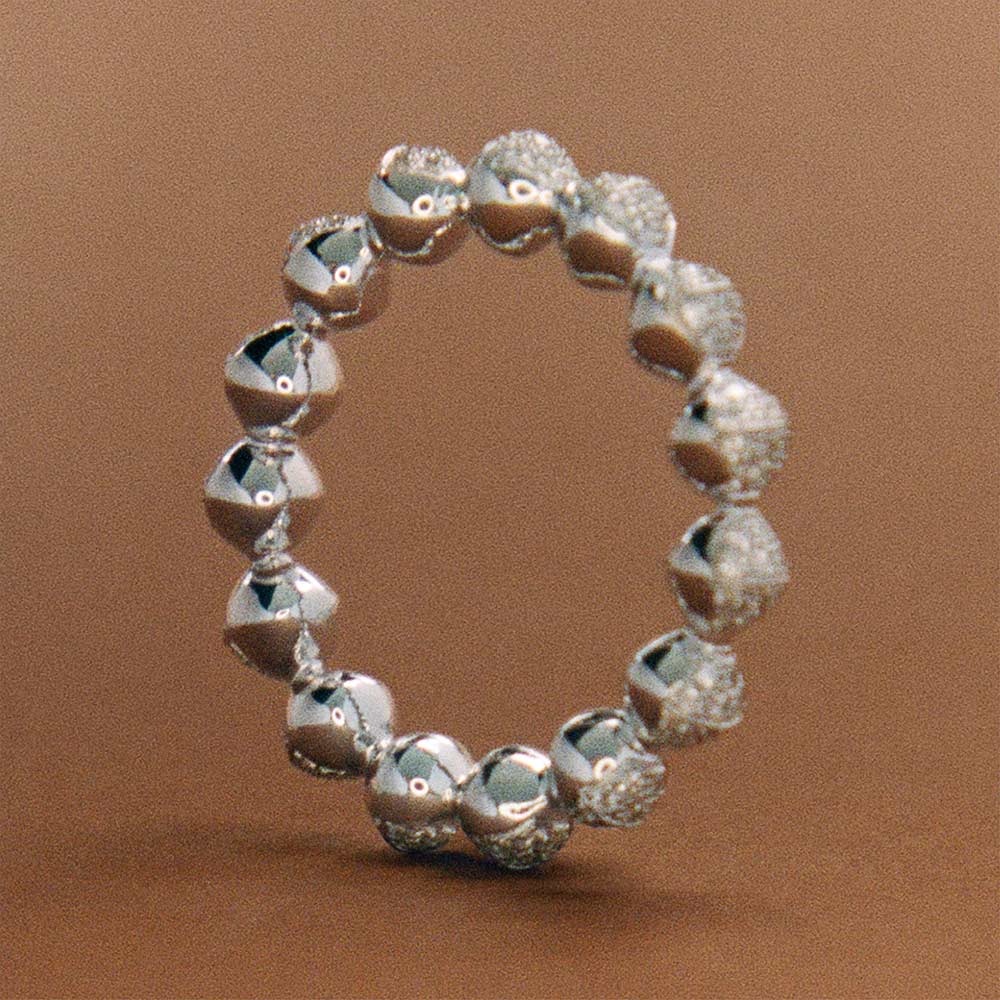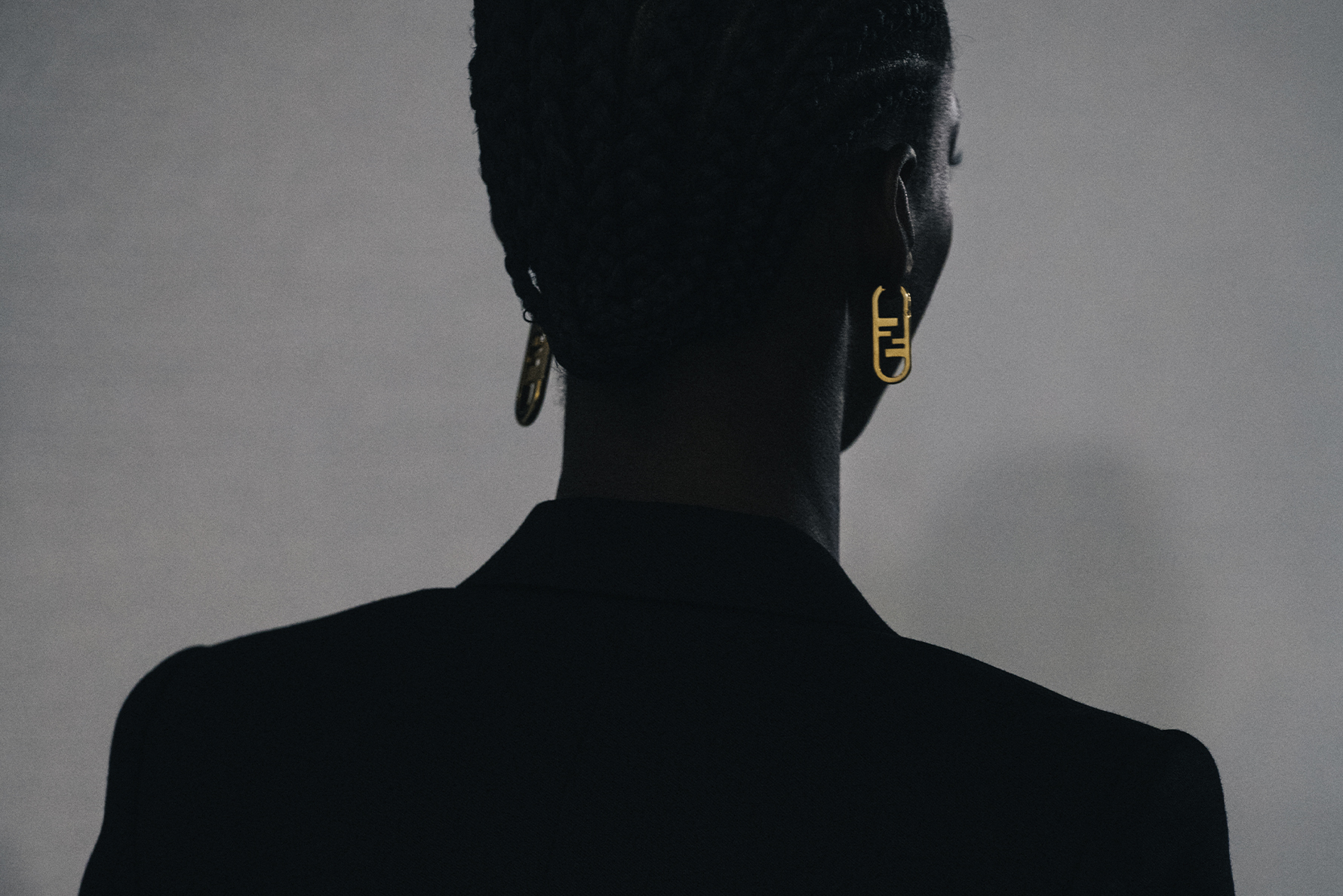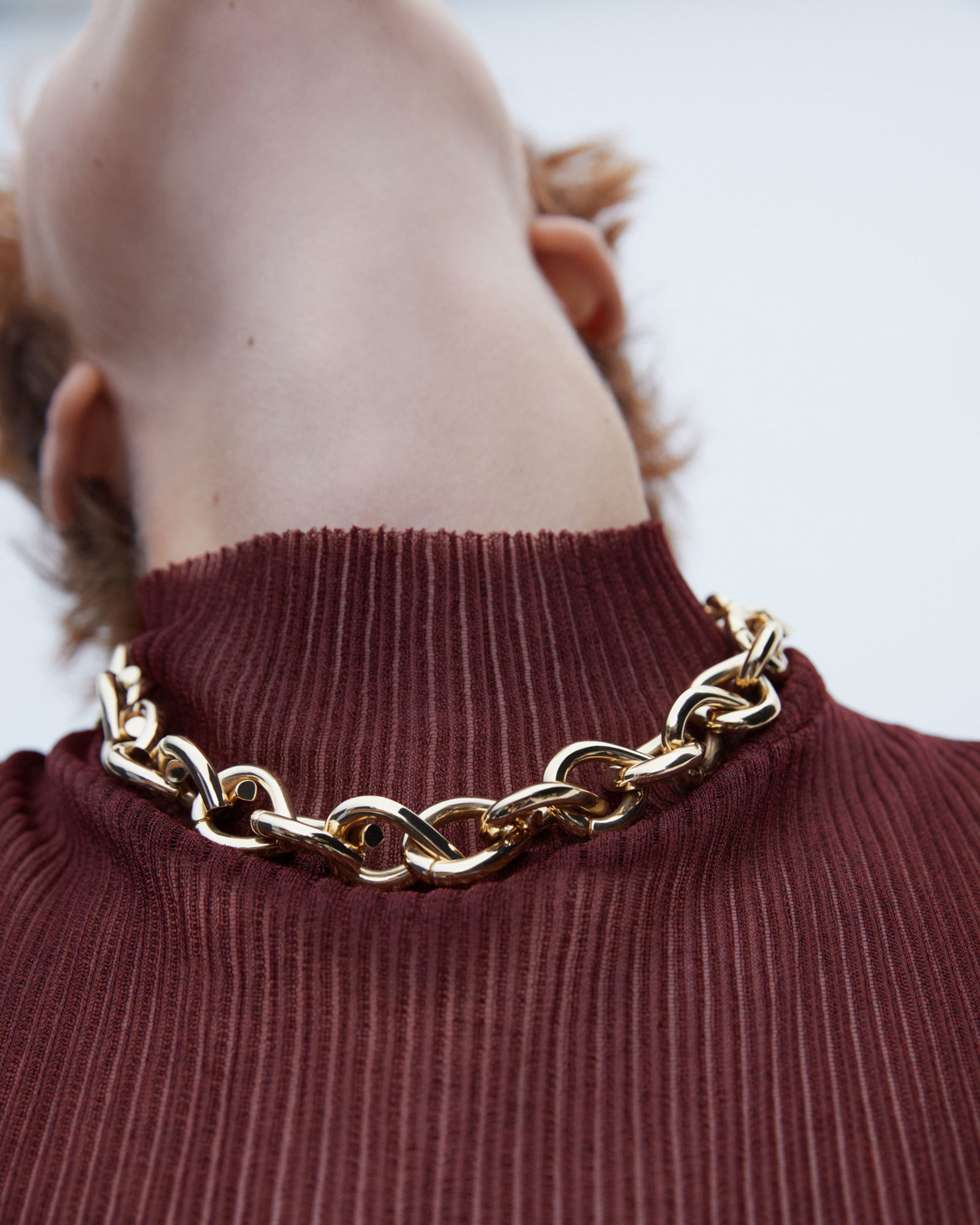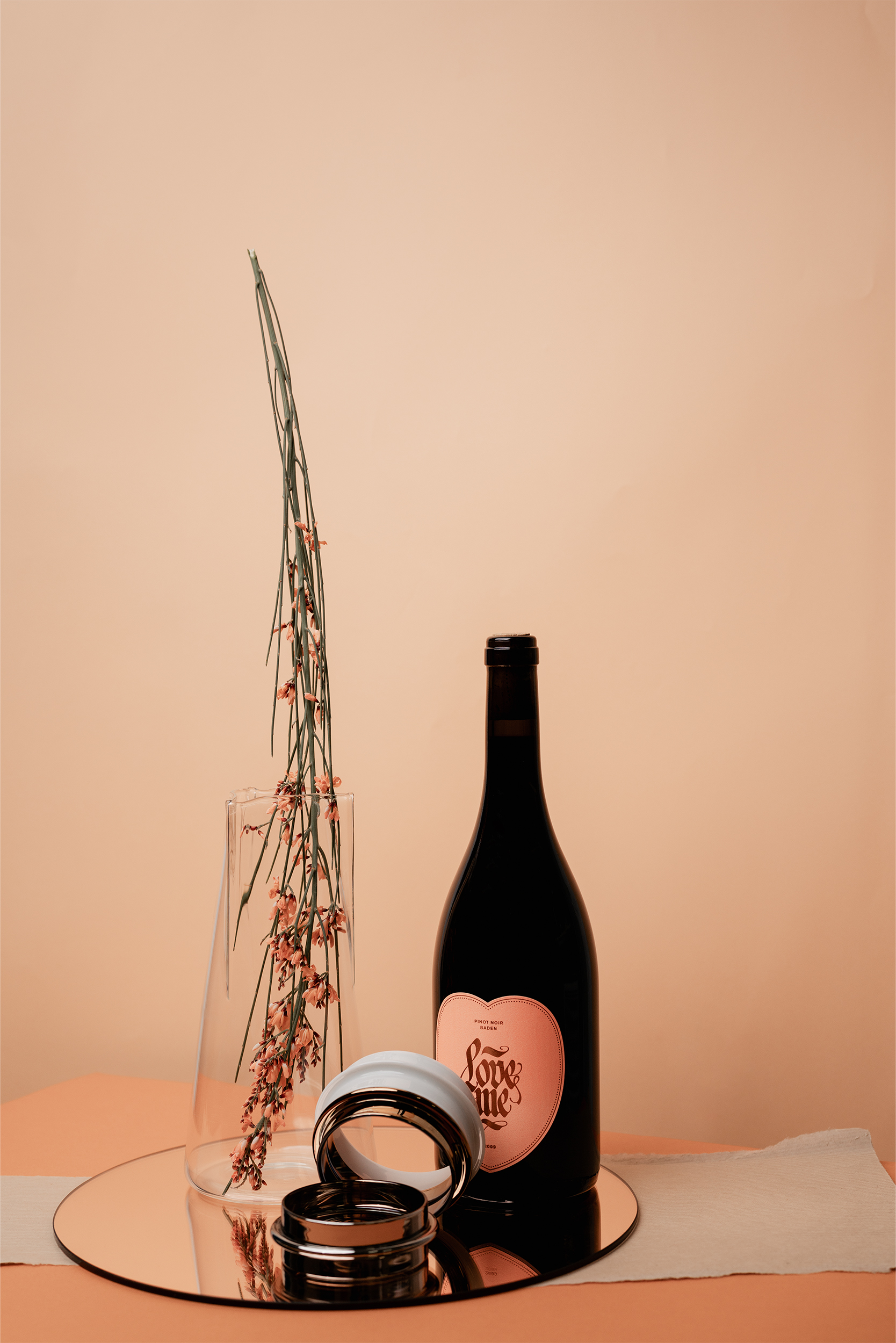Kimberly Lloyd: Sustainability and social responsibility are becoming common parlance in many industries, what drew you to fair trade and recycled fine metals?
Letizia Plankensteiner: The company I have always bought my precious metals from is a gold and silver recycling company which only sources from fair trade gold and silver mines. I also collect singular gold and silver pieces and recycle them myself to create new pieces. This is how I was trained during my goldsmith studies and, for me, it has always been important to reduce the production of ephemeral things.
Oftentimes, they cannot be recycled properly and create more pollution in our environment, which is exactly why I love working with gold and silver. Putting recycled and fair mined materials to use has always been a no brainer for me.
There are endless options to create different objects. These materials are kept as my constant, and I always focus on varying my crafting approaches and techniques. When testing out new ideas with results I’m not so keen on, I can easily recycle the materials by melting them and starting anew.
Reduce, reuse, recycle – we definitely hear you on that one. How do you go about sourcing your raw materials?
My first address is Ögussa, Austria’s leading company in precious material processing. They only buy their materials from fair trade mines and are big on recycling.
For gemstones I have to go to a supplier, but I rarely use them in my artistic creations. In my opinion, they subtract attention from the material itself. Also everything too refined or too perfect messes with my taste buds. What I like to add are pearls and corals in their naturally shaped form.
When I am on the go or travelling, I like to collect stones, dried plants or wood with special surfaces. I use them often in the process of creating wax models, into which I pour precious metals to create a unique piece of jewelry that conserves these incredible forms.













